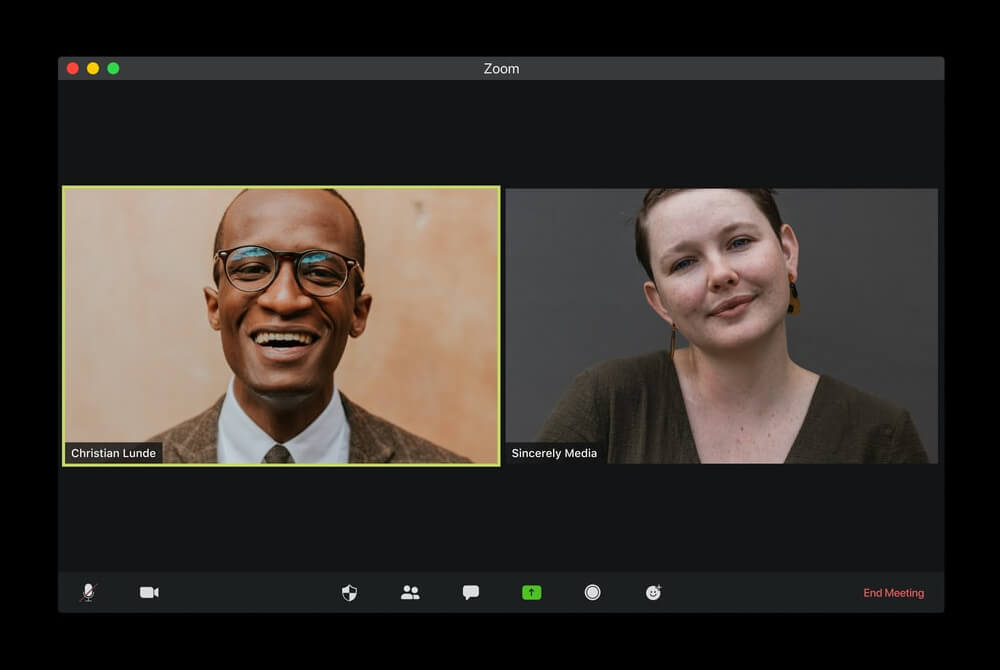
Surprising Reasons Why Small Groups Trump Live Streaming Services
Churches have continued their work during COVID-19 thanks to their embrace of technology and creative thinking. Many have relied on live streaming services to reach their congregants and maintain church functions. Ministers are now conducting services from homemade altars placed in the family room or from empty auditoriums. And while this approach has been relatively successful, it restricts the interaction that is the core of a congregation. Church business is harder to conduct, and some members may be losing that close connection they have long had to other members.
You can find ways to address these problems responsibly and with minimal fuss. Small group meetings, often via video-conferencing, are a safe way for people to interact while benefitting from the minister’s guidance. Live streaming is an excellent tool, but small group communications have some surprising advantages.

Small Groups Offer Productivity and Safety
Teleconferencing allows small groups to gather for Bible study or committee meetings safely and easily. Most church members can master applications such as Zoom or Microsoft Teams and may already have those resources in their homes. Unlike live streaming, teleconferencing promotes give and take and removes the anxiety some feel when speaking to large groups.
Small groups are more productive than churchwide events. Members can deal with problems as they arise and hash out workable solutions face to face. Live streaming is aimed at larger groups and is used to inspire and unite, but small teams do the work later. And the process is easier when you use DonorWERX to help with your communication issues.
You can also use small, in-person groups to get things done as long as you follow local, state and federal guidelines. Have the group meet outside or in a well-ventilated area and follow social distancing rules. After months of isolation, meeting in-person should energize the members and spark productive conversations. You will be amazed by how much they get done.
Adds Flexibility Beyond Live Streaming Services
Live streaming captures an event but doesn’t allow for last-minute changes. Video-conferencing encourages spontaneity. People can jump in and jump out according to their schedules, and the group can shift focus when necessary. Members can join a teleconference by using their smartphone in the car. In fact, your members may want to keep on teleconferencing after the current healthcare crisis is over. It simply works better for people with busy schedules.
In-person small groups aren’t as flexible but you can make on-the-spot accommodations for members when needed and shift topics when appropriate. Live streaming is more like a traditional sermon, and no one jumps up to suggest changes while they are in progress.

Strengthens Ties
Live streaming has been an effective way to keep churches and other organizations going during the pandemic. But it has the potential to cause long-term negative effects. Members may become used to participating at a distance, something that potentially robs religion of its power. People may start to drift away and not return to church when this crisis is over.
In-person attendance has more power to unite people by letting them interact with other believers. Carefully managed small groups help maintain those congregational ties that are so important. Everyone needs contact with other people, even if that contact comes from six-feet away.
Teleconferencing still separates people but it does allow for more personalized interactions. Groups can collaborate, share screens and files, and reestablish contact with other members. It may not replace in-person contact, but video-conferencing is more personal than live streaming. Most importantly, these small group meetings help maintain congregational ties so that the church can more easily recover post-pandemic. Members will fill the pews once again.
DonorWERX Advantage
You can manage all of these issues, including fundraising, with the help of DonorWERX. Their expert team offers you online coaching, consulting services and advanced software. They can develop your campaign messaging and build leadership skills as well as measure your success. DonorWERX has a proven track record and the knowledge to help your church now and in the future. Contact them today to learn more about their services.
Final Thoughts
Churches face unprecedented challenges now and in 2021 and must use new methods to keep their congregation strong and united. Live streaming is an important tool for those churches that are still not holding in-person services. But live streaming does have its limitations.
Small groups, those that meet in person and through teleconferencing, offer advantages that live streaming cannot. They are more productive and accomplish the nuts and bolts work of the church. These small groups also allow members to be flexible and shift focus when necessary. Finally, they help strengthen and maintain ties that might otherwise weaken during this time. And best of all, you can begin harnessing the power of small groups immediately.
Teaser: We can keep our congregation strong by relying on small groups during this pandemic. Teleconferencing and small in-person meetings have benefits that live streaming does not. After all, the church always relies on small groups to get the work done. Whether it’s Sunday School planning, building maintenance or local outreach, our committees are essential to the churches’ success. So while we enjoy live streaming, let’s not forget to use one of our biggest strengths.


